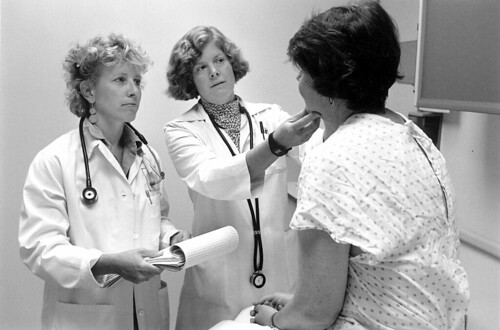
Some experience discrimination throughout their lives, while, for others, it’s simply living long enough that leads to discrimination. According to research from Clemson University sociologist Ye Luo and her team that’s reported in The New York Times‘ New Old Age blog, nearly two thirds of those over age 53 report having been discriminated against—and the leading cause they report isn’t gender, race, or disability. It’s age.
Now, on its own, this statistic isn’t terribly surprising—many studies have turned up high levels of ageism. But Luo told the Times she was shocked that, over the two-year period of their study, everyday discrimination was found to be associated with higher levels of depression and worse self-reported health. The association held true even as the researchers controlled for general stress resulting from financial problems, illness, and traumatic events. As the Times reports:
Interestingly, the discrimination effect was stronger for everyday slights and suspicions (including whether people felt harassed or threatened, or whether they felt others were afraid of them) than for more dramatic evens like being denied a job or promotion or being unfairly detained or questioned by the police. “Awful things happen and it’s a big shock, but people have ways to resist that damage,” Dr. Luo said. “With maturity, people learn coping skills.” Every day discrimination works differently, apparently. “It may be more difficult to avoid or adapt to,” Dr. Luo suggested. “It takes a toll you may not even realize.”
Although trends may shift as more data comes into focus, it’s already clear that the well-being of older adults is being affected when they experience ageism in their social interactions.







